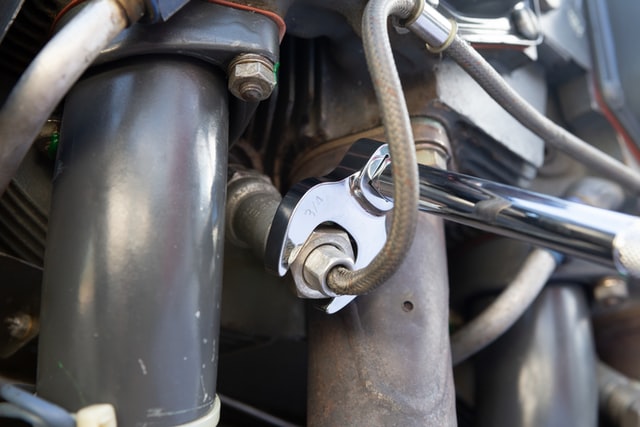The Different Use of End Seals
There are several types of end seals. These include Casing spacers, Hydraulic cylinder seals, Mechanical end seal sleeves, and stainless steel zippers. This article will discuss the different uses of each type of seal. Read on to find out which ones are right for your application. Regardless of their application, these seals will help you keep your parts and equipment free of damage.
Casing spacers
Casing spacers support and electrically insulate a pipeline and are often used in oil, gas, and water applications. They are easily installed without special tools or skills and are highly corrosion-resistant. Pipe spacers can be purchased from a wide range of manufacturers. Here are some of the most popular materials used in end seals:
APS offers heavy-duty carbon steel and stainless steel bands for use inside casings. These end seals should be used inside casings two or three sizes larger than carrier pipe. APS steel band casings are available in two widths and are constructed of 14 gauge steel with a 90 mil EPDM liner. Moreover, the carbon steel spacers are available in grades 304L and 316L and feature a thermoplastic coating for added corrosion protection. They are available in pipe diameters ranging from 4″ to 144″.
Hydraulic cylinder seals
If you use a hydraulic cylinder in your workplace, it is crucial to ensure its proper functioning by checking the seals frequently. Improperly working cylinders can cause many problems, including low performance and downtime. Proper maintenance of these cylinders will help extend their life and prevent costly downtime. If you are not sure which type of cylinder is right for your needs, contact your design engineer to determine the best cylinder type for your specific application.
Poor installation is another major cause of a failed hydraulic cylinder seal. If a seal is not installed correctly, it can become brittle or lose its lip. Another possible cause is excessive compression or excessive heat. In these cases, the seal will be unable to function correctly. Aside from improper installation, improper lubrication may also cause the seal to fail. Another factor that can cause a failure of a hydraulic cylinder seal is its exposure to dirt and other particles within the hydraulic system. These contaminants can negatively impact the seal’s efficiency.
Mechanical end seal sleeves
There are many different uses for mechanical end seal sleeves. For example, they can be used to seal end-faces of centrifugal or rotary pumps. Each type has unique properties and must have five essential functional elements. This paper will discuss the differences in deflections between these two types of seals. Furthermore, the paper uses an L-shaped mechanical seal face-mounted on an elastomeric o-ring as an example.
The materials used for mechanical end seals include a replaceable mating ring, “O-ring” gasket, and various hardware. The design of these components varies greatly depending on the type of service that the product must provide. In addition, depending on the type of mechanical seal, different components may be arranged and oriented differently. Several assembly methods exist for other end seals, but the basic principle is the same.
Stainless steel zipper end seals
Stainless steel zipper end seals have different functions, but they all perform the same job – to keep tubes and pipes securely closed. Whether used for lateral or axial movement, these devices help keep toxic waste and pipes out of reach of workers. Depending on the application, these products can range from 2” to 42” in diameter. They are made of strong, corrosion-resistant stainless steel.
Maloney Zipper Seals are designed for existing casings and carrier pipes and may be used as a replacement for a Multiflex Molded End Seal. Maloney Zipper Seals are simple to install, requiring only minor modifications to the carrier pipe and casing. The stainless steel zipper is attached to the rubber sheet with a high-performance adhesive, and a protective rubber strip extends under the seal to prevent any damage to the pipe.
Glass-ceramics feedthroughs
Glass-ceramics feedthroughs are an excellent choice when vacuum and gas tightness is needed. This is because they have a high degree of resistance to chemicals and extreme temperatures. The main benefit of glass-ceramic feedthroughs is their durability. In addition, glass-ceramic feedthroughs are often cheaper than their glass-metal counterparts. The following are some of the advantages of glass-ceramics feedthroughs.
Adaptable design features: Ceramic feedthrough assemblies offer high mechanical strength, excellent electrical insulation, and a high vacuum level. Low voltage signal feedthroughs are commonly manufactured as single or multi-pin types, and thermocouples are also available. High-voltage feedthroughs are also available in glass-ceramics and water-cooled versions, ensuring high reliability. In addition, both glass-ceramic and ceramic feedthroughs have excellent mechanical and thermal shock resistance and are highly resistant to corrosion.

